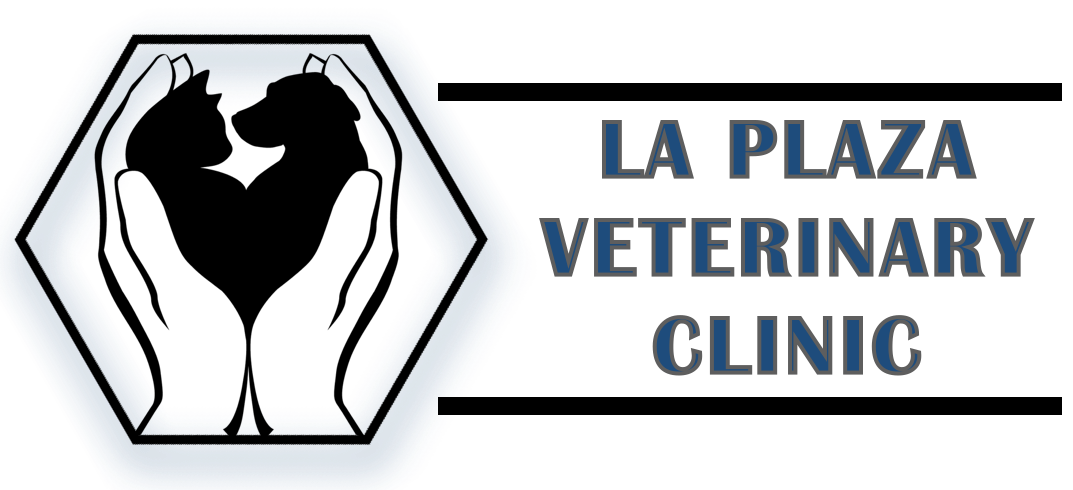Library
-
Ivermectin + pyrantel + praziquantel is a combination of anti-parasitic medications used to prevent heartworms and control roundworm, hookworm, and tapeworm in dogs. It is given by mouth as a flavored chew tablet. At prescribed doses, this product is generally well-tolerated but some dogs may experience decreased appetite, vomiting, diarrhea, or burping. Certain drugs may interact with those in this combination product; it is extremely important to let your veterinarian know about any medications or supplements that your pet is taking. If your dog has an adverse reaction to this product, call your veterinary office immediately.
-
Always on the tips of his toes in anticipation of the next big chase, game, or adventure, the Jack Russell Terrier has more energy than many pet owners can handle. Super active with a loud bark and an unquenchable prey drive, Jack Russells will keep you busy thinking up challenges to keep them out of trouble.
-
Chins are gentle dogs that need and want lots of togetherness. They do well with other dogs as playmates. Although loving and eager to please, they're curious and into things, conducting their own research. Chins cannot be ignored – they won't let you, tailing owners like a canine private eye. They're sweet and loving with the elderly and infirm, making great lap warmers and therapy dogs.
-
A joint luxation is a dislocation or complete separation between the bones that normally move back and forth to form a joint. Subluxation refers to a partial separation of the joint. The most commonly subluxated joint in cats is the hip, although any joint can be affected. Your veterinarian may suspect a joint subluxation based on a history of trauma and physical examination findings such as pain and limping. A radiograph is necessary to definitively diagnose a joint subluxation. In many cases, the joint can be reduced or replaced to its original orientation by a procedure called a closed reduction, with a good prognosis if treated immediately. Surgery correction, however, may be needed.
-
A joint luxation is a dislocation or complete separation between the bones that normally move back and forth to form a joint. Subluxation is the term referring to a partial separation of the joint. The most commonly subluxated joints in dogs include the hip and elbow, although any joint can be affected. Your veterinarian may suspect a joint subluxation based on a history of trauma and physical examination findings such as pain and limping. A radiograph is necessary to definitively diagnose a joint subluxation. In many cases, the joint can be reduced or replaced to its original orientation by a procedure called a closed reduction, with a good prognosis if treated immediately. Surgical correction, however, may be needed.
-
This handout outlines the use of disease-modifying osteoarthritis drugs (DMOADs) in cats, specifically the use of polysulfated glycosaminoglycans (PSGAGs). The rationale for their use, potential side effects, and treatment expectations are explained.
-
This handout outlines the use of disease-modifying osteoarthritis drugs (DMOADs) in dogs, specifically the use of polysulfated glycosaminoglycans (PSGAGs). The rationale for their use, and their dosing regimen are explained.
-
Dog Behavior and Training: Play and Exercise
Jugar con los propietarios y con otros perros no sólo proporciona ejercicio al perro sino que también satisface sus necesidades sociales. La falta de ejercicio puede contribuir a problemas como la hiperexcitabilidad, el comportamiento destructivo, la búsqueda constante de atención, la vocalización excesiva (ladridos), etc. Es especialmente importante asegurarse de que el perro ha hecho suficiente ejercicio antes de dejarlo solo en casa.
-
This handout explains juvenile cellulitis (also called Puppy Strangles) in puppies. Characterized by a sudden swelling of the face and muzzle, it can be confused with an allergic reaction or skin infection. The clinical signs are discussed, as well as diagnostic and treatment recommendations to resolve the condition should it occur.
-
Juvenile hyperparathyroidism is a rare, inherited condition of German shepherds and leads to a constant state of elevated parathyroid hormone, affecting calcium and phosphorus balance within the body. It is an inherited, autosomal recessive trait that causes stunted growth. One to three of the parathyroid glands are removed to bring the calcium levels into a more normal range.



